Que signifie 4C ?
Title:Clarté : principes et facteurs
Title:On jugera la clarté d’un diamant créé en laboratoire en fonction de ses défauts. Ce sont ses inclusions et ses imperfections qui lui prêtent un charme et un caractère uniques. Retrouvez ci-dessous plus d’informations sur la clarté du diamant.
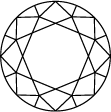
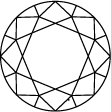
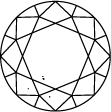
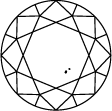
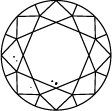
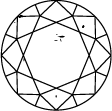


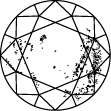
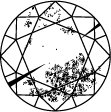
Schéma de clarté du diamant
Title:Échelle d’évaluation de la clarté du diamant
Subtitle:L’échelle de clarté du diamant s’étend de la note I.F à I 3, en fonction du nombre d’inclusions et d’impuretés de chaque pierre. Les degrés de pureté des diamants sont déterminés dans des conditions d'observation standardisées à l’aide d’une loupe de grossissement 10x. I.F. signifie que le diamant ne comporte aucun défaut interne. À l’inverse, I 3 correspond aux inclusions visibles. Les diamants dépourvus de tout défaut sont rarissimes. Presque toutes les pierres, y compris les diamants créés en laboratoire, contiennent des inclusions.
Taille : principes et facteurs
Title:La qualité d’un diamant créé en laboratoire dépend de ses proportions, de sa symétrie et de son polissage. La qualité de la taille créera une multitude de facettes afin que la lumière circule et se reflète sous tous ses angles.
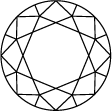
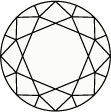
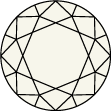

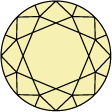
Farbskala für Diamanten
Die Farbe eines Diamanten wird auf einer Skala von D bis Z bewertet, wobei D für Clear Ice White (hochfeines Weiß) steht, ohne Gelbstich und Z für Gelb- und Brauntöne (getöntes Weiß). Die einzelnen Buchstaben der Skala bezeichnen Farbtöne, wobei D bis F farblos sind, bis hin zu S und Z, die für hellgelbe oder braune Farbtöne stehen. Für seine Kollektionen akzeptiert Swarovski nur die feinsten im Labor gezüchteten Diamanten, das heißt, sie befinden sich in der Palette von Farblos bis Fast farblos (D–G).
Farbprinzipien und Faktoren
Title:














Karatgewicht eines Diamanten
Title:Karatskala für im Labor gezüchtete Diamanten
Subtitle:Alles über Swarovski Created Diamonds
Title:Im Labor gezüchtete Diamanten
Subtitle:Leitfaden für im Labor gezüchtete Diamanten
Title:Finden Sie das perfekte Schmuckstück
Subtitle:Was sind im Labor gezüchtete Diamanten?
Title:Alles über im Labor gezüchtete Diamanten
Subtitle:Häufig gestellte Fragen
FAQ zum 4C-Qualitätssystem
Was sind die 4C?
Ist die Reinheit eines Diamanten wichtig?
Was ist der höchste Reinheitsgrad für Diamanten?
Zur Bewertung der Reinheit wird ein Diamant bei 10-facher Vergrößerung betrachtet. Die Anzahl und Natur von externen (Mängel) und internen Eigenschaften (Einschlüsse) sowie Größe und Position legen den Grad fest.
Gemmologen halten sich dabei an eine internationale Skala, angefangen bei Internally Flawless (I.F., makellos) als die höchste Qualitätsstufe, bis hin zu Included (I 3), das heißt mit Einschlüssen.
Sind im Labor gezüchtete Diamanten makellos?
Beschlagen im Labor gezüchtete Diamanten?
Wie werden gezüchtete Diamanten zertifiziert und eingestuft?
Was sind Diamantfacetten?
Wie wird die Diamantschliffqualität festgelegt?
Was ist der beste Diamantschliff?
Wie wird die Farbe eines Diamanten bestimmt?
Je mehr sich der Diamant der Stufe farblos nähert, desto höher ist die Qualität.






